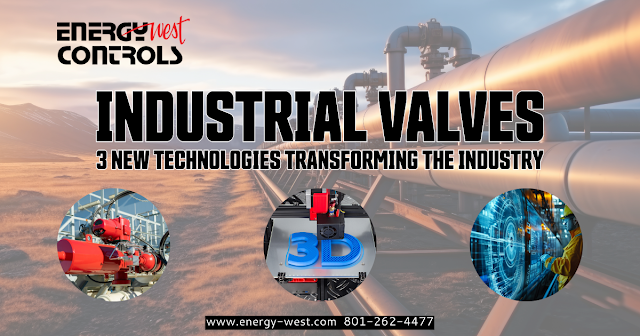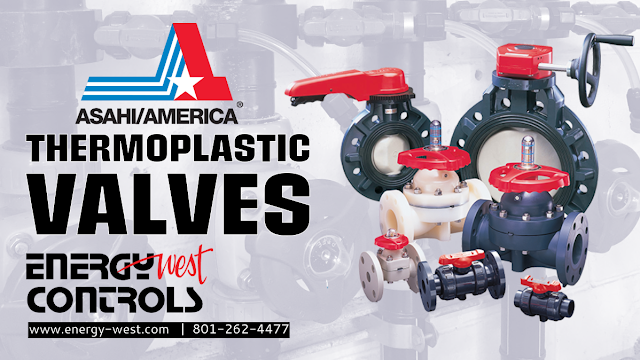Dezurik, a global leader in manufacturing high-quality valves, has formed a new partnership with Energy West Controls, a prominent manufacturer's representative company based in Golden, Colorado. This collaboration aims to strengthen services and support for customers across various industries in the Rocky Mountain region, including water treatment, sewage treatment, water distribution, pulp and paper, oil and gas downstream, petrochemical, mining, power, and hydropower dams.
With over a century of innovation and excellence, Dezurik has become synonymous with reliability and superior performance in critical industrial applications. Founded in the early 20th century, the company has consistently advanced engineering to develop valves that meet the rigorous demands of municipal and industrial processes. Its extensive product line—including butterfly, plug, and check valves—reflects Dezurik's commitment to quality and customer satisfaction across multiple sectors.
Energy West Controls brings a wealth of regional market knowledge and a team of seasoned professionals to the partnership. Specializing in process control and instrumentation, the company has represented top-tier manufacturers for several years. Its customer-centric approach and commitment to excellence align seamlessly with Dezurik's core values.
This partnership promises significant benefits for customers in the region. By leveraging Energy West Controls' strong local presence and Dezurik's extensive product portfolio, the collaboration will provide faster response times, improved technical support, and more accessible inventory. Customers can expect enhanced technical support from local experts who are readily available to provide on-site assistance, supported by Dezurik's engineering team.
A representative based in Golden, Colorado, means customers will have easier access to Dezurik's products and services. The partnership also enables the development of tailored solutions that meet the specific needs of regional clients, ensuring optimal performance and compliance with local regulations across diverse industries.
Looking ahead, Dezurik and Energy West Controls are poised to meaningfully impact the efficiency and reliability of processes in the region's key industries. Their combined expertise positions them to offer unparalleled service and innovative solutions to their customers.
--------
About Dezurik: Dezurik is a leading manufacturer of high-quality valves for industries including water treatment, sewage treatment, water distribution, pulp and paper, oil and gas downstream, and petrochemical, mining, power, and hydropower dams. With a history spanning over 100 years, the company is dedicated to providing innovative flow control solutions that set the standard for reliability and performance.
About Energy West Controls: Based in Golden, Colorado, Energy West Controls is a premier manufacturer's representative company specializing in process control and instrumentation. The company is committed to excellence and offers expert solutions and support to clients across various industries.
1955 West Industrial Circle
Salt Lake City, Utah 84104
Phone: 801-262-4477
Fax: 801-261-0862
Web: https://energy-west.com






